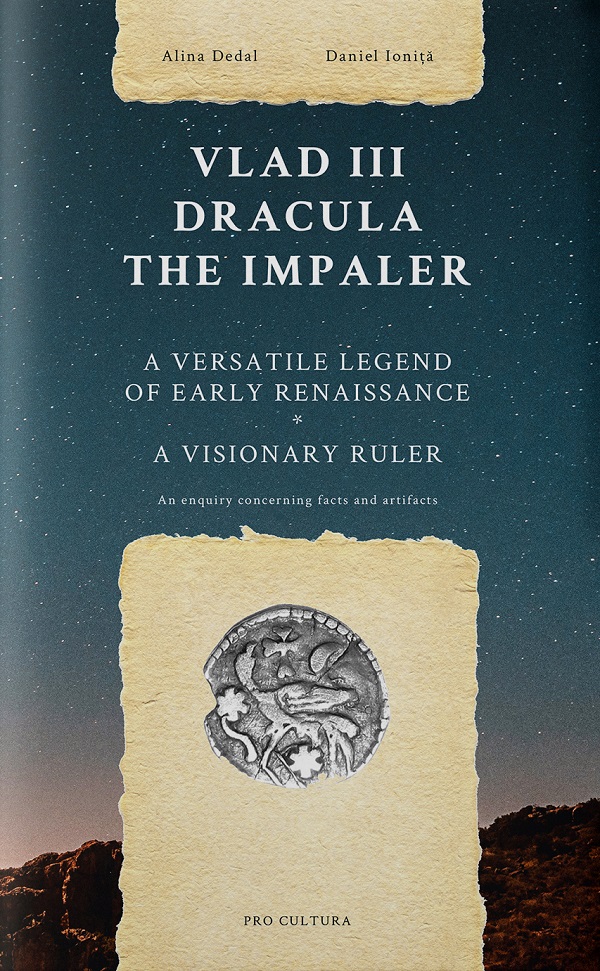Vlad III Dracula the Impaler. A versatile legend of early renaissance
As visible as he is as a historical figure so his image is distorted, being currently the subject of the contemporary debate of two opposing perspectives regarding the same mythological figure: a great sovereign or an absolute tyrant. The authors of this essay aim to answer some questions emerging from this debate, looking at the historical facts and artifacts attributed to Vlad III Dracula (Tepes) - which are more or less known to the wider public - placing the famous protagonist in the correct historical moment of the early Renaissance and interpreting the entire context from the present time perspective of a global and interdependent world. Thus, piecing together, the complex and vibrant picture of this period of the Renaissance, we can see it more accurately as a cluster of cultural strategies and techniques within an extremely turbulent political milieu.
66.60Lei
66.60Lei
Indisponibil
Descrierea produsului
As visible as he is as a historical figure so his image is distorted, being currently the subject of the contemporary debate of two opposing perspectives regarding the same mythological figure: a great sovereign or an absolute tyrant. The authors of this essay aim to answer some questions emerging from this debate, looking at the historical facts and artifacts attributed to Vlad III Dracula (Tepes) - which are more or less known to the wider public - placing the famous protagonist in the correct historical moment of the early Renaissance and interpreting the entire context from the present time perspective of a global and interdependent world. Thus, piecing together, the complex and vibrant picture of this period of the Renaissance, we can see it more accurately as a cluster of cultural strategies and techniques within an extremely turbulent political milieu.
Detaliile produsului
- Categoria: Engleza
- Autor: Alina Dedal, Daniel Ionita
- Editura: PRO CULTURA
- An aparitie: 2021 Afisează mai mult












